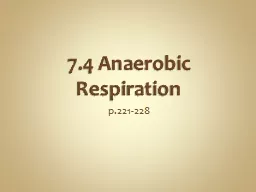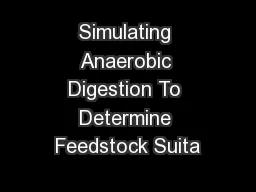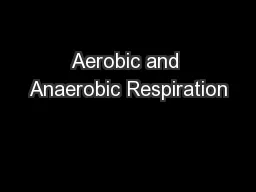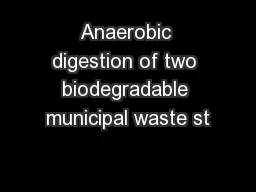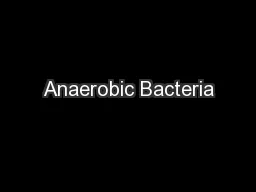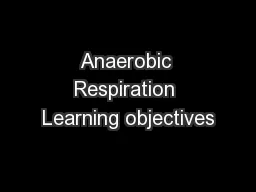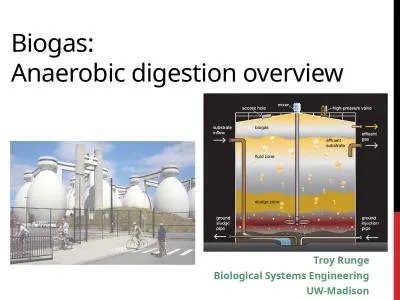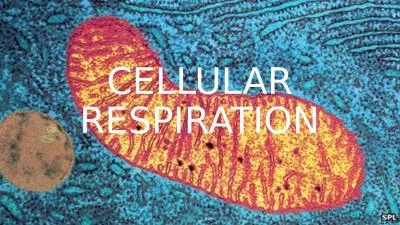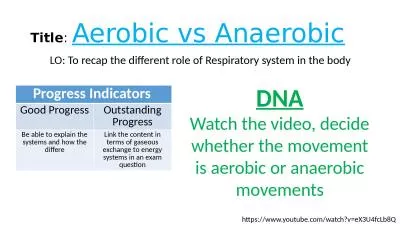PPT-7.4 Anaerobic Respiration
Author : briana-ranney | Published Date : 2018-01-08
p221228 Why Anaerobic Cellular Respiration As the name suggests an without and aerobic air Anaerobic respiration is the cells way of acquiring energy when there
Presentation Embed Code
Download Presentation
Download Presentation The PPT/PDF document "7.4 Anaerobic Respiration" is the property of its rightful owner. Permission is granted to download and print the materials on this website for personal, non-commercial use only, and to display it on your personal computer provided you do not modify the materials and that you retain all copyright notices contained in the materials. By downloading content from our website, you accept the terms of this agreement.
7.4 Anaerobic Respiration: Transcript
Download Rules Of Document
"7.4 Anaerobic Respiration"The content belongs to its owner. You may download and print it for personal use, without modification, and keep all copyright notices. By downloading, you agree to these terms.
Related Documents

